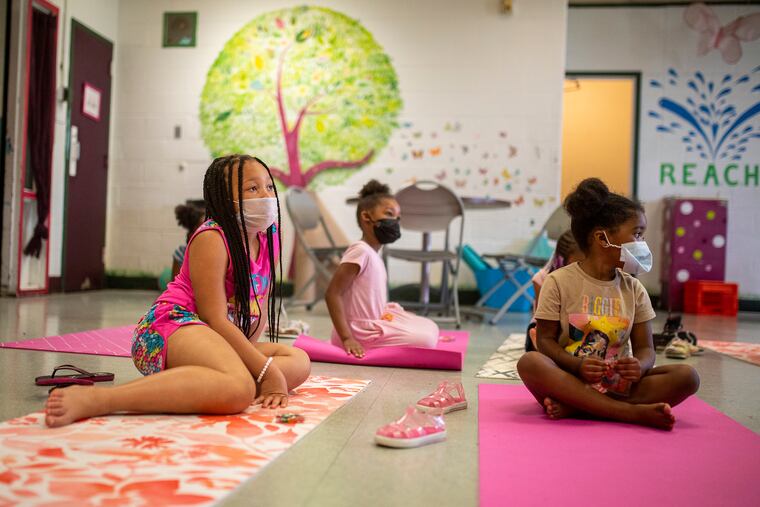Some kids are struggling to adjust to fewer COVID-19 restrictions. Here’s my advice as a pediatrician and parent. | Opinion
As precautions relax, it can be hard for children to readjust to this new normal, when the pandemic has become their version of normal.
